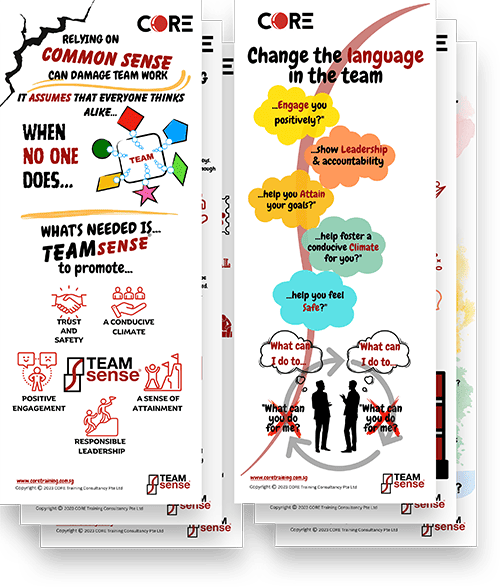Training managers play a critical role in identifying employees who would benefit from development programs designed to enhance their performance and skills. In some organisations, this responsibility is often assumed by Human Resource Managers.
A Training Needs Analysis (TNA) is a systematic process employed by organisations to evaluate the skills, knowledge, and competencies necessary for employees to perform their roles effectively. This process involves identifying discrepancies between the current capabilities of employees and the skills needed to meet organisational objectives.
By conducting a TNA, organisations can better understand their training requirements, prioritise learning interventions, and create targeted programs to address identified skill gaps.
Below are the 8 Steps to effectively conduct a Training Needs Assessment or Analysis:
Step 1 – Identify Training Objectives
- Clearly define the training objectives and goals that align with the organisation’s strategic priorities.
- Specify the skills, knowledge, or competencies that require development within the team.
Step 2 – Conduct Training Needs Assessment
- Administer any suitable TNA tool, which may encompass surveys, questionnaires, skills assessments, performance evaluations, and interviews with employees.
- Gather feedback from employees, supervisors, and other stakeholders to identify training gaps and areas for improvement.
Step 3 – Analyse the Training Data
- Analyse the data collected through the TNA tool to discern patterns, trends, and common training needs among employees.
- Determine priority areas for training based on the significance of the skills gap and its impact on individual and team performance. It is important to understand the higher level strategy and goals of the organisation here.
Step 4 – Align Training with Organisational Goals
- Ensure that selected training initiatives correspond with the overall goals and objectives of the organisation.
- Choose training programs that support the company’s strategic priorities and contribute to employees’ professional development. It is important here to not simply tick the boxes but to suss out the most effective training for the staff.
Step 5 – Consider Individual Development Plans
- Review the individual development plans of employees to understand their career aspirations, training preferences, and skill development needs.
- Integrate the specific training requirements and goals of employees into the decision-making process. This will also give the employee a sense of being cared for and improve loyalty and engagement.
Step 6 – Evaluate Budget and Resources
- Consider the allocated budget for training and development initiatives when selecting employees for training. In cases where training funds are limited, it is crucial to prioritise addressing the most critical skills gaps to maximise impact.
- Assess the availability of additional resources, including training materials, instructors, and technology, to effectively support the training needs of employees.
Step 7 – Prioritise Training Needs
- Prioritise training needs based on urgency, importance, and the potential impact of the skills gap on performance.
- Identify which employees would benefit most from training and which skills are critical for both individual and organisational success.
Step 8 – Develop a Training Plan
- Create a customised training plan for selected employees, outlining the training programs, schedule, objectives, and expected outcomes.
- Tailor the training plan to address the specific needs and learning styles of each employee undergoing training.
By utilising a Training Needs Assessment tool, training managers is able to make informed decisions about employee training, thereby aligning initiatives with organisational objectives and improving the skills and performance of the workforce.
Effectively applying this tool to identify the specific training needs of employees ensures that the organization maximises its return on investment in both time and resources.



